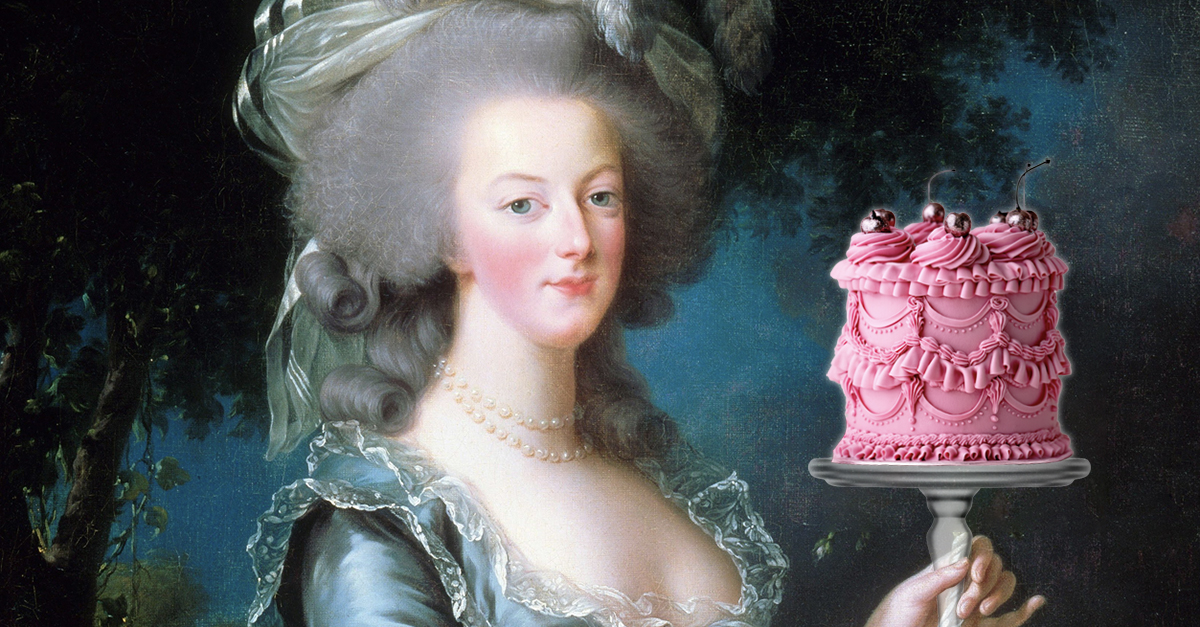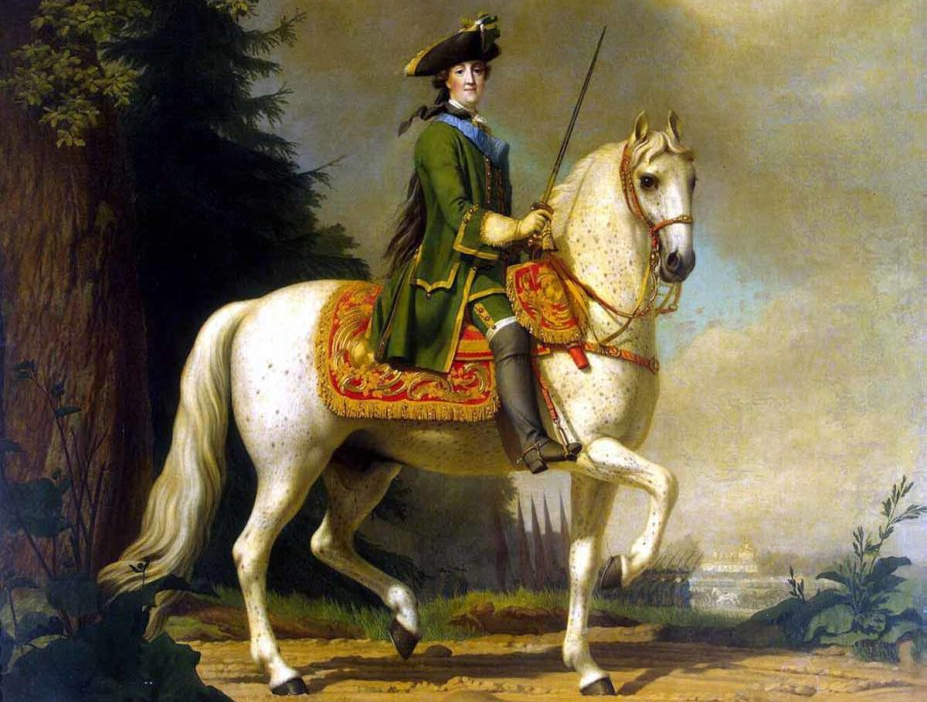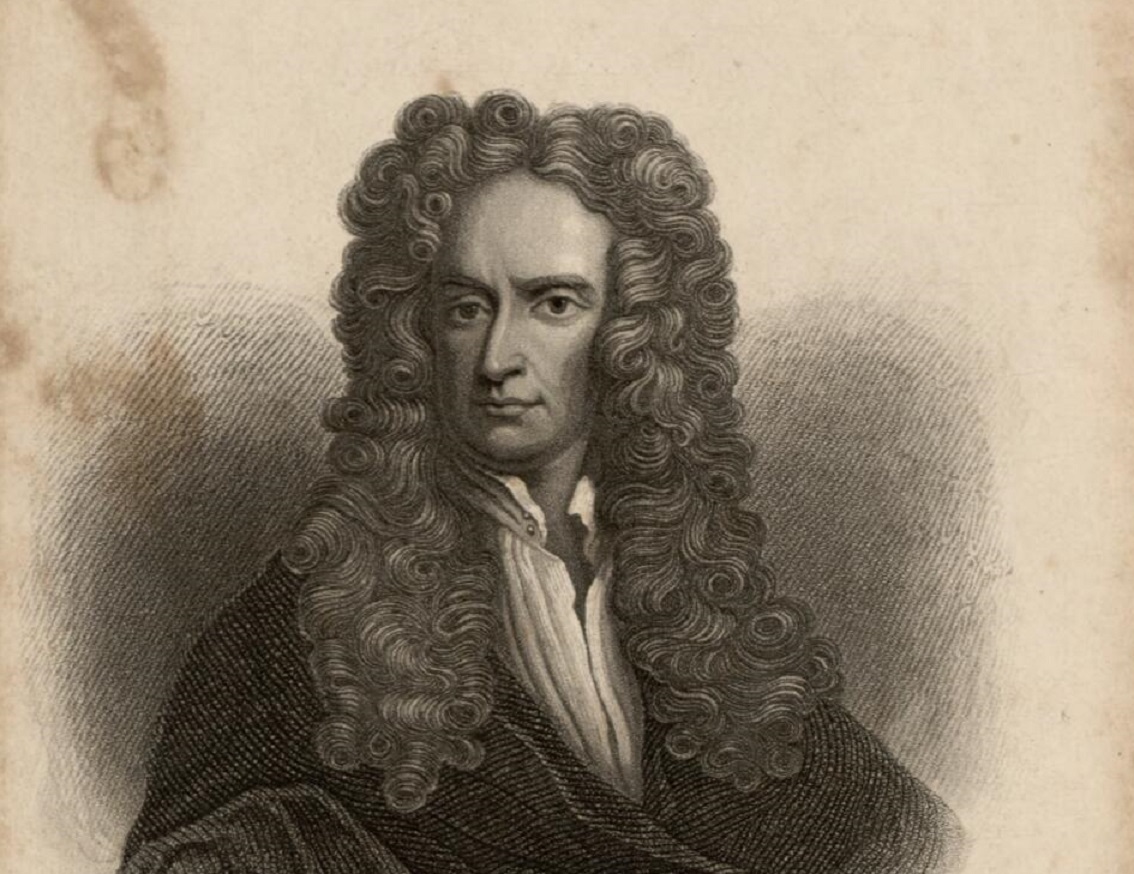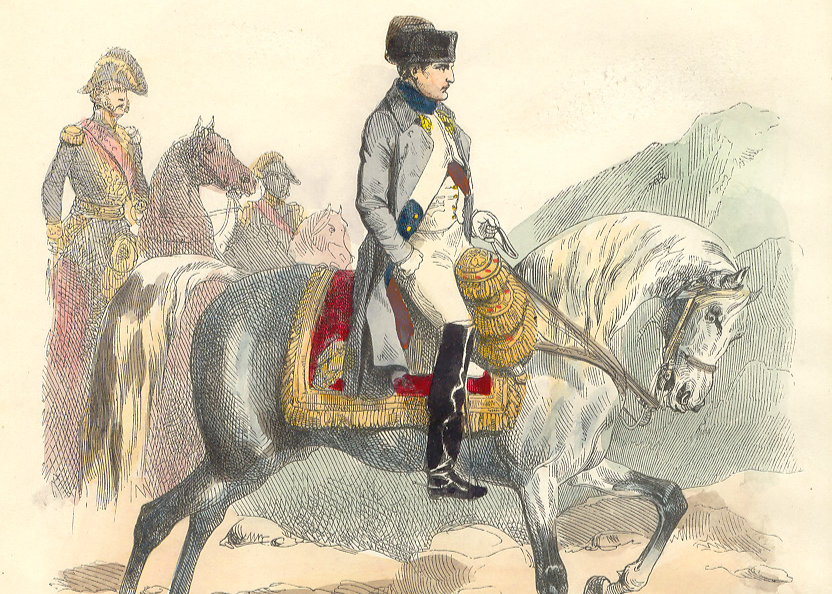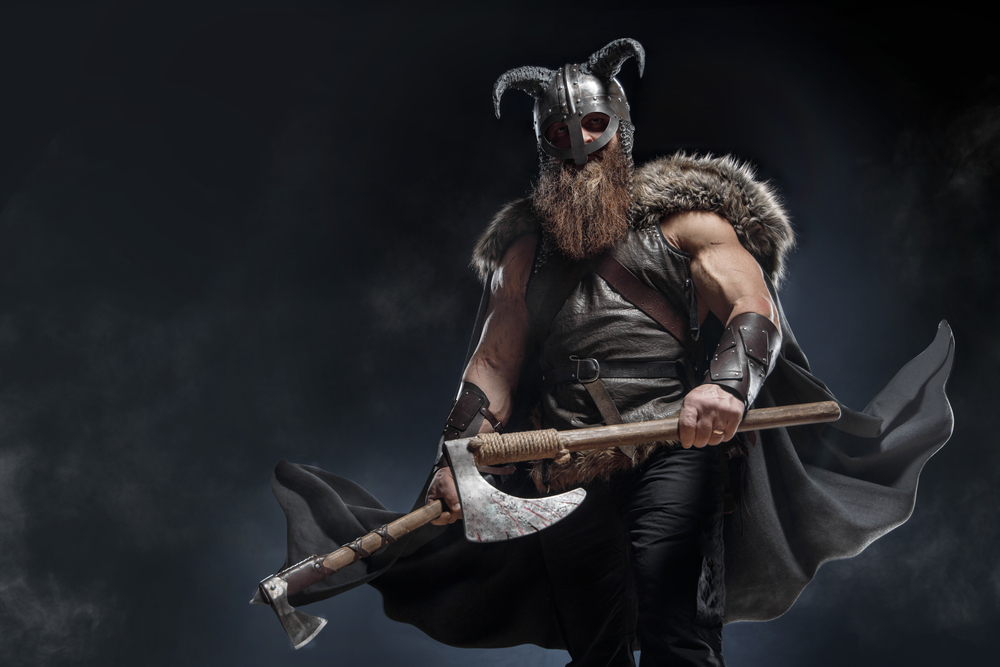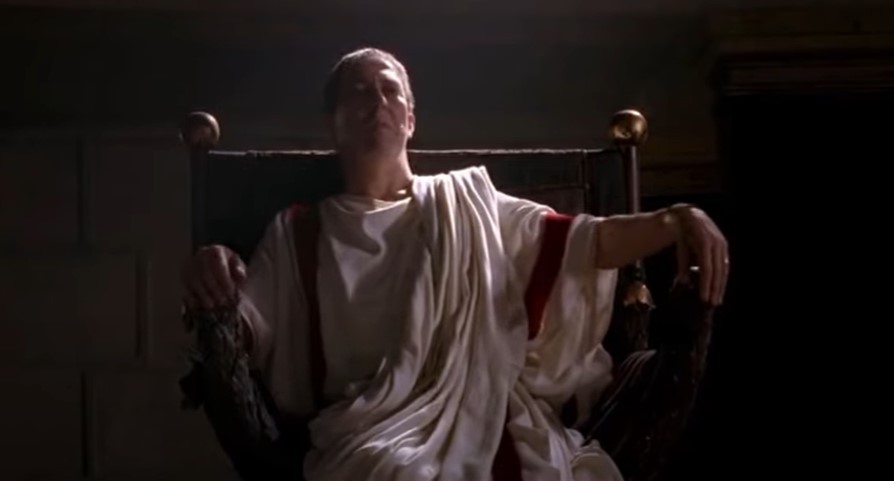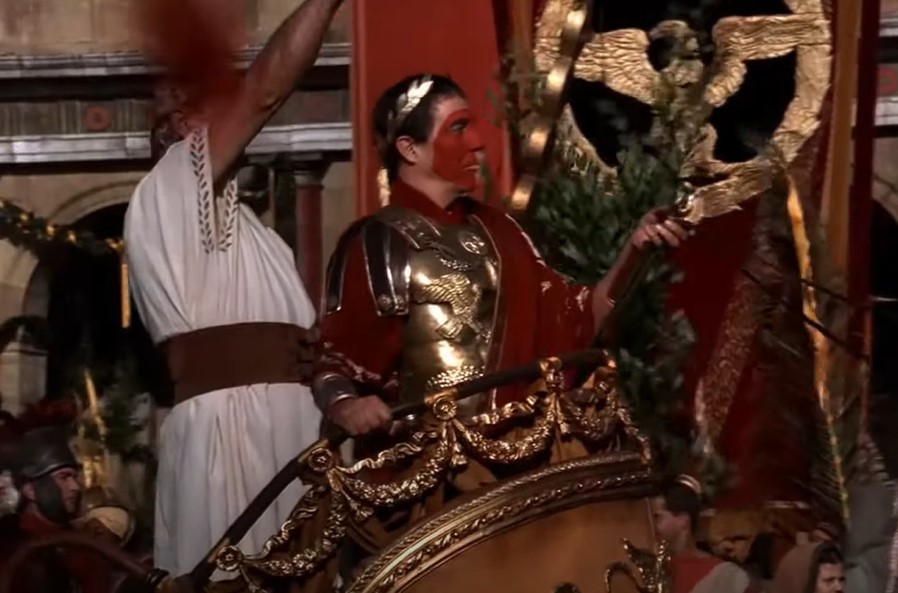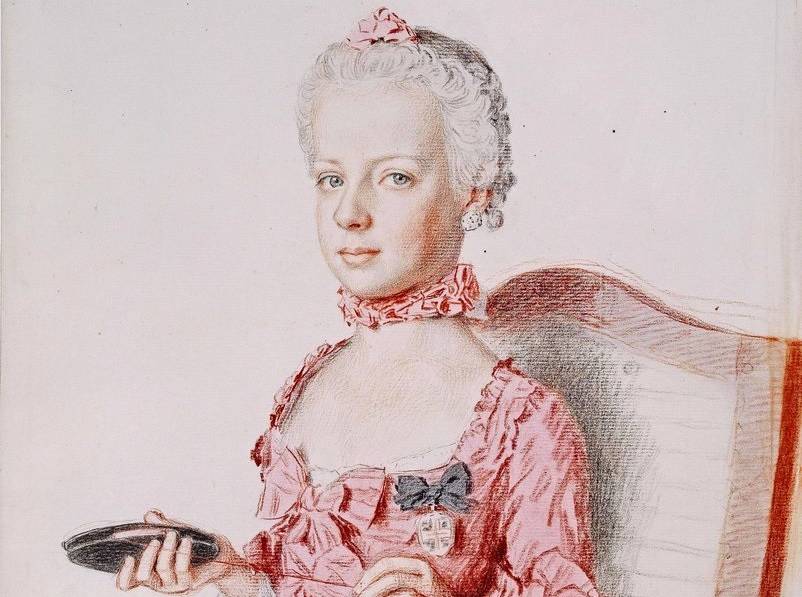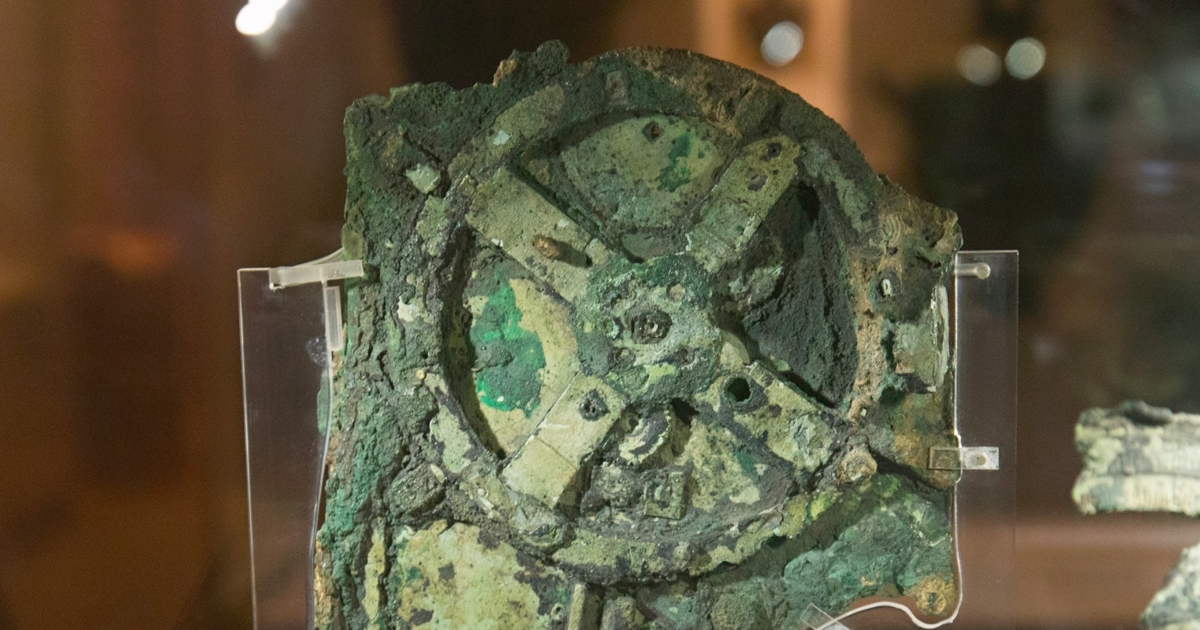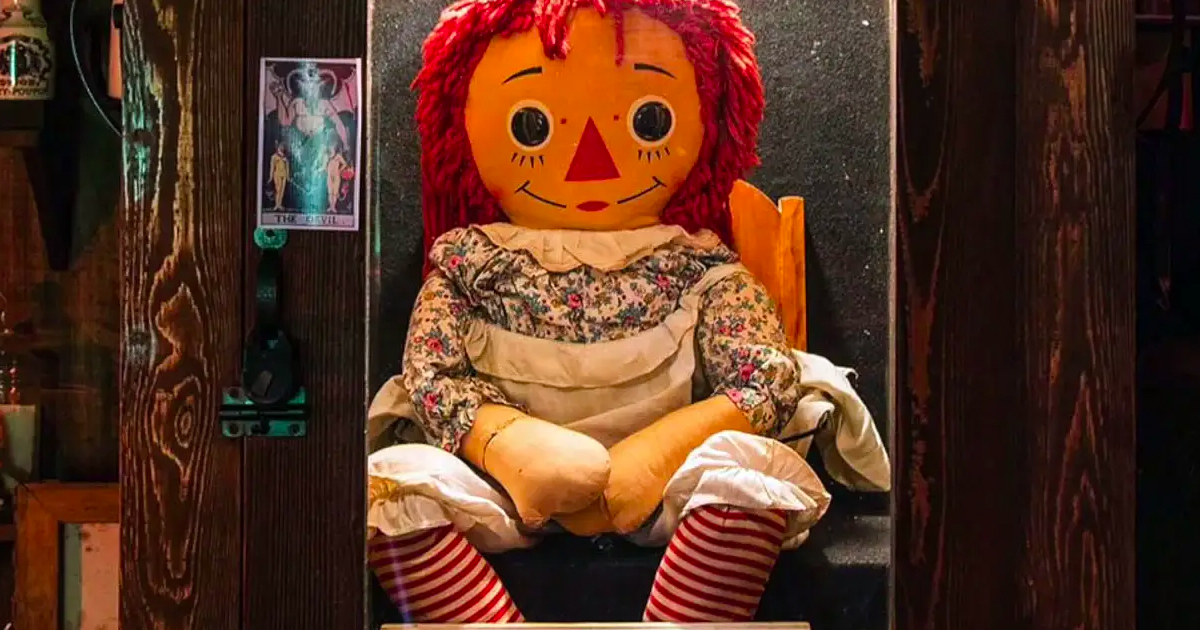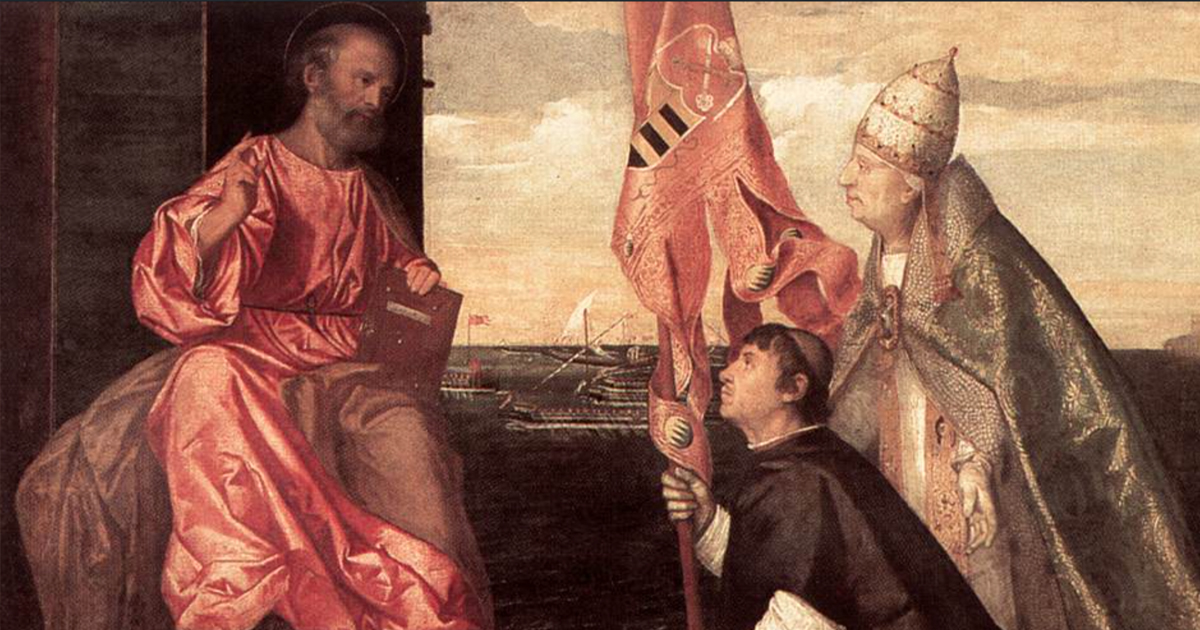Debunked
There are some stories that we hear repeated on TV or in movies or books that just seem to gather more steam as time goes on—but some are so compelling that people refuse to stop re-telling them, even after they’re been debunked. For some reason, people still believe these historical myths to be true, even though they’ve been proven wrong.
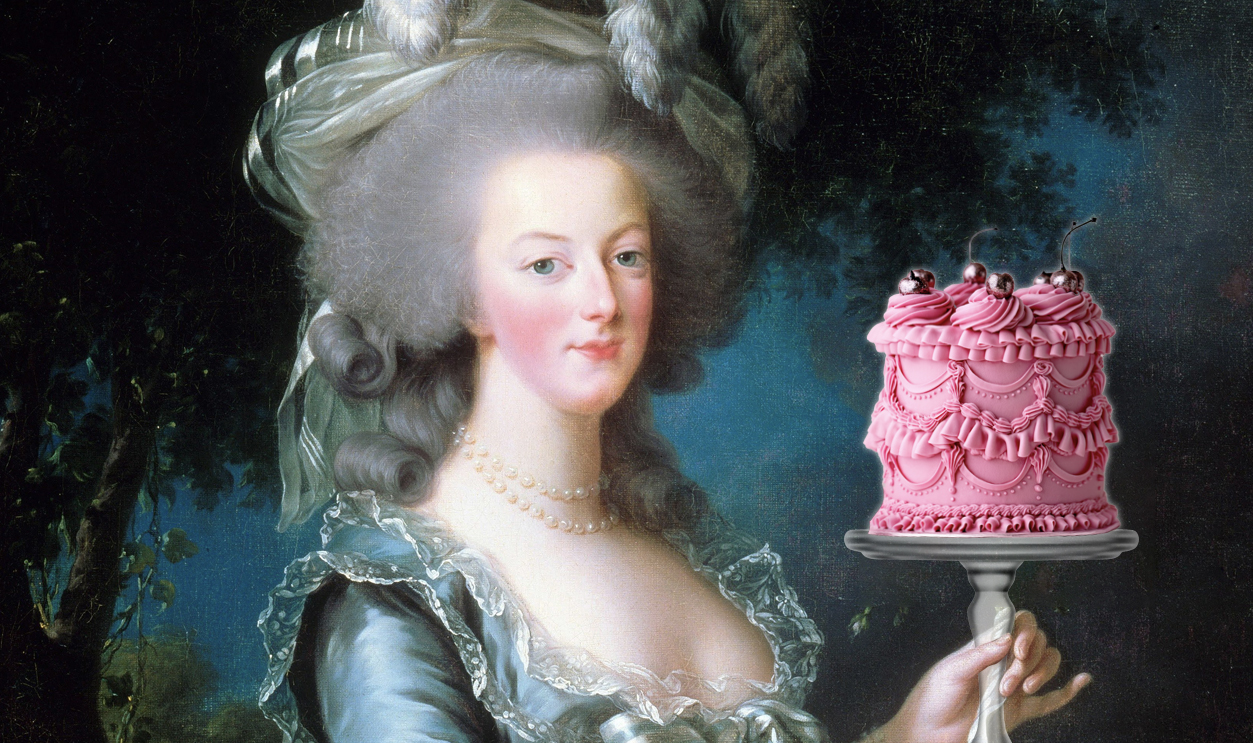
Catherine The Great
Catherine the Great had immeasurable power and influence—as well as enemies. Between her naysayers and the men who shaped the history books, choosing to downplay or belittle her, it’s no wonder that a vicious rumor spread about the ruler.
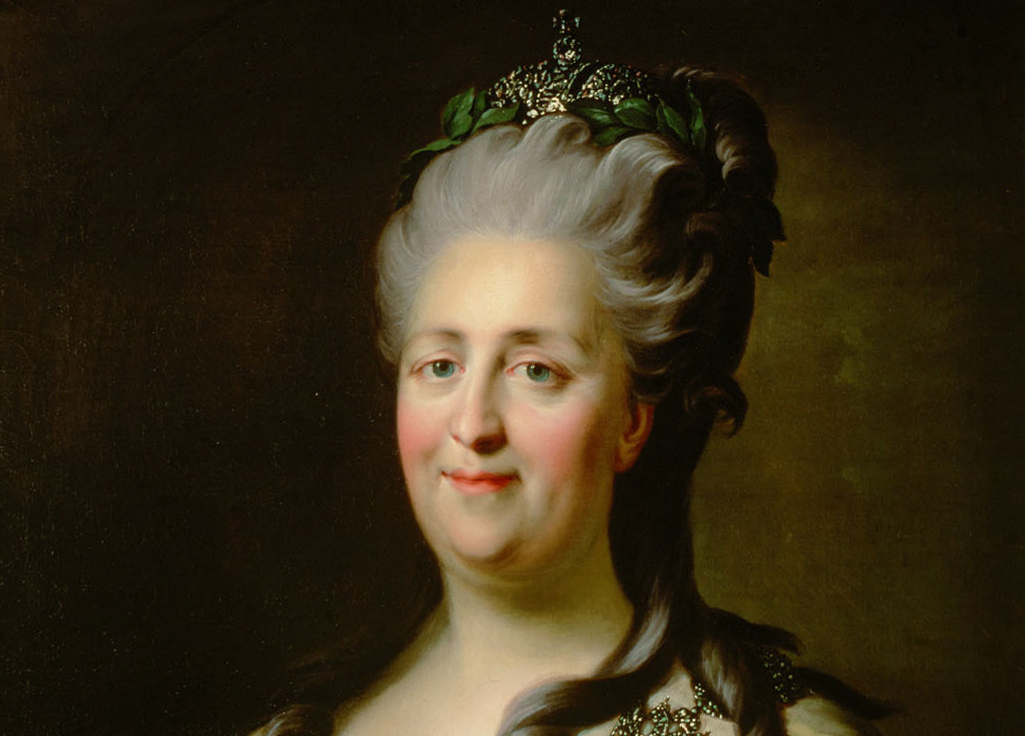 Alexander Roslin, Wikimedia Commons
Alexander Roslin, Wikimedia Commons
Catherine The Great’s Final Moments
For centuries, people whispered that Catherine the Great died while she was doing the deed…with a horse. Others said she died on the toilet. However, that’s an easy misunderstanding. She passed on after having a stroke, in the toilet—AKA, another word for bathroom.
The Flat Earth Theory
Okay, while we’re not here to argue with conspiracy theorists, one thing that people commonly think is that Medieval people believed the world was flat, and it took Isaac Newton to prove them wrong. But that’s not actually how things went.
Medieval Misunderstandings
People in the Medieval era did not believe the earth was flat. Because they could see the curve of the horizon from any high viewing point, they already knew it was round, and didn’t need a fancy math guy to tell them that.
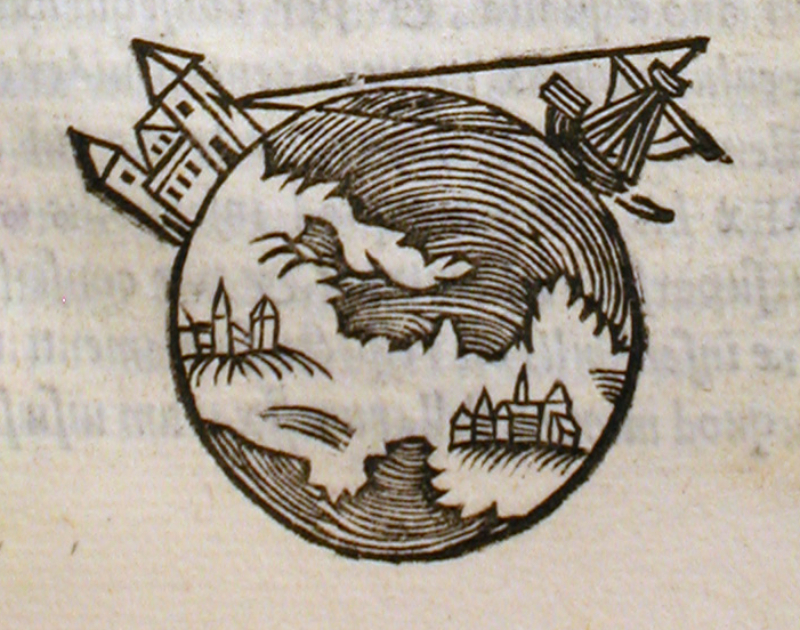 Unknown Author, Wikimedia Commons
Unknown Author, Wikimedia Commons
Napoleon
Napoleon became Emperor of France and attempted to conquer Europe with such passion and vigor that people joked it was because he was, ahem, lacking something.
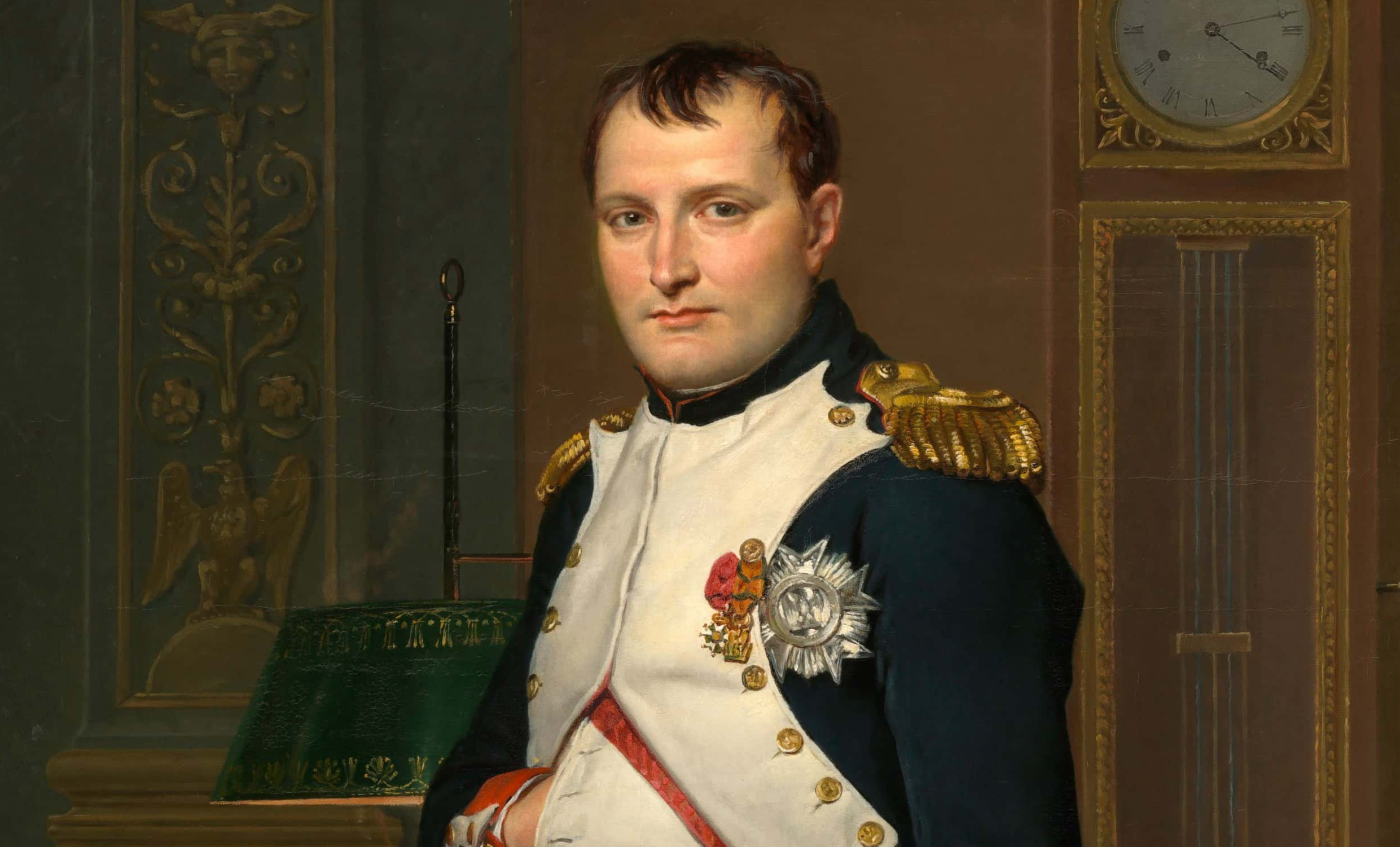 Jacques-Louis David, Wikimedia Commons
Jacques-Louis David, Wikimedia Commons
Napoleon’s Height
Get your mind out of the gutter! Though the armchair psychologists of the world claimed that Napoleon’s conquests were due to insecurity over his short stature, even leading to the proliferation of something called “Napoleon syndrome,” the man was actually 5’7” tall, which was average for the time.
Viking Helmets
This one appears in picture books, TV shows, movies, stage plays, cheap Halloween costumes…the idea of a Viking wearing a horned helmet. Well, it couldn’t be further from the truth. So how did it all come about?
The Origin Of The Horned Helmet
Though sources differ, many believe the image of a Viking helmet having horns was popularized in the 19th century. Some attribute it to artists, while others claim they were made by a costume designer to be used in a Wagner opera in the later half of the century.
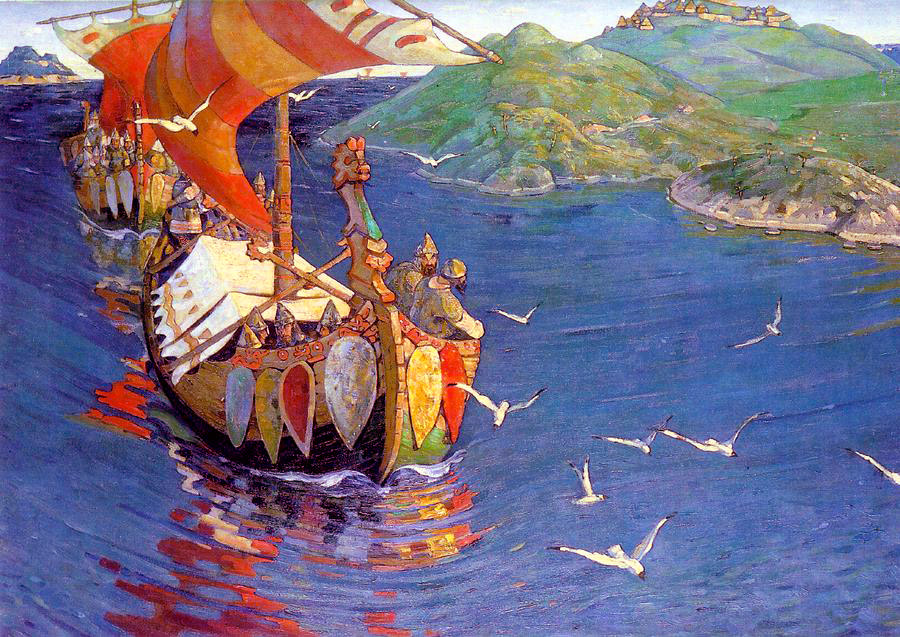 Nicholas Roerich, Wikimedia Commons
Nicholas Roerich, Wikimedia Commons
Captain Cook
Many people believe that famed explorer Captain James Cook was the first European to visit Australia in 1770. He named the area where he landed Botany Bay, sparking a centuries-long myth about the “discovery” of Australia. However, someone beat him to it.
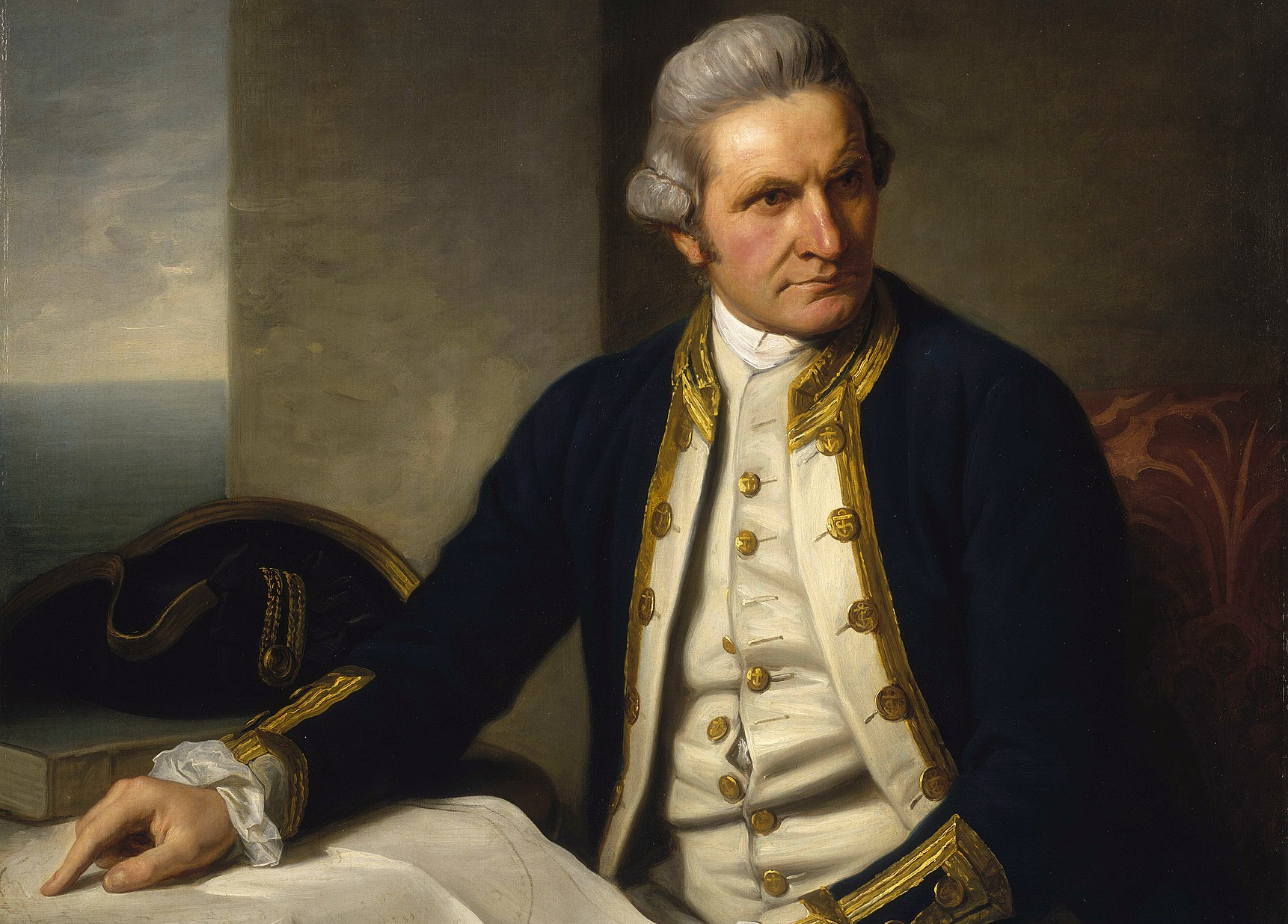 Nathaniel Dance-Holland, Wikimedia Commons
Nathaniel Dance-Holland, Wikimedia Commons
The Real First
Dutch explorer Willem Janszoon landed in Northern Australia in 1606, a whole 174 years before Cook.
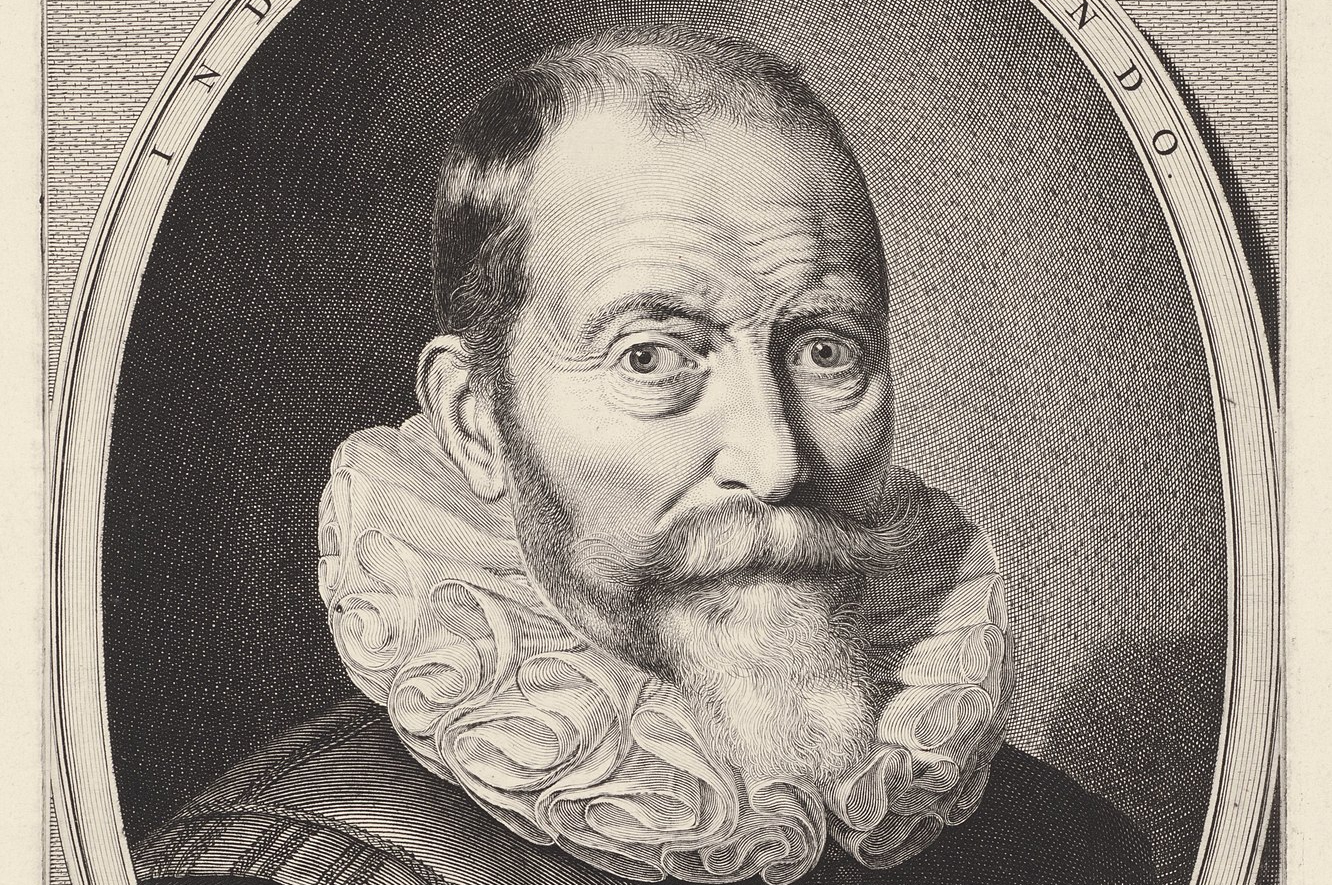 Rijksmuseum, Wikimedia Commons
Rijksmuseum, Wikimedia Commons
The Bridge of Sighs
This landmark in Venice is beautiful and instantly recognizable. Many people believe that it’s so-named for the sighs of the prisoners who had to walk across it to the Venetian palace to stand trial—but that’s a bit fantastical.
A Bridge By Any Other Name…
In fact, it was a poet who gave the bridge its poetic name. Lord Byron came up with the name after a visit to Venice.
The Taj Mahal
Shah Jahan had the Taj Mahal, a funerary mosque, built to honor his favorite wife, Mumtaz Mahal. However, a dark myth has followed the construction of this Wonder of the World.
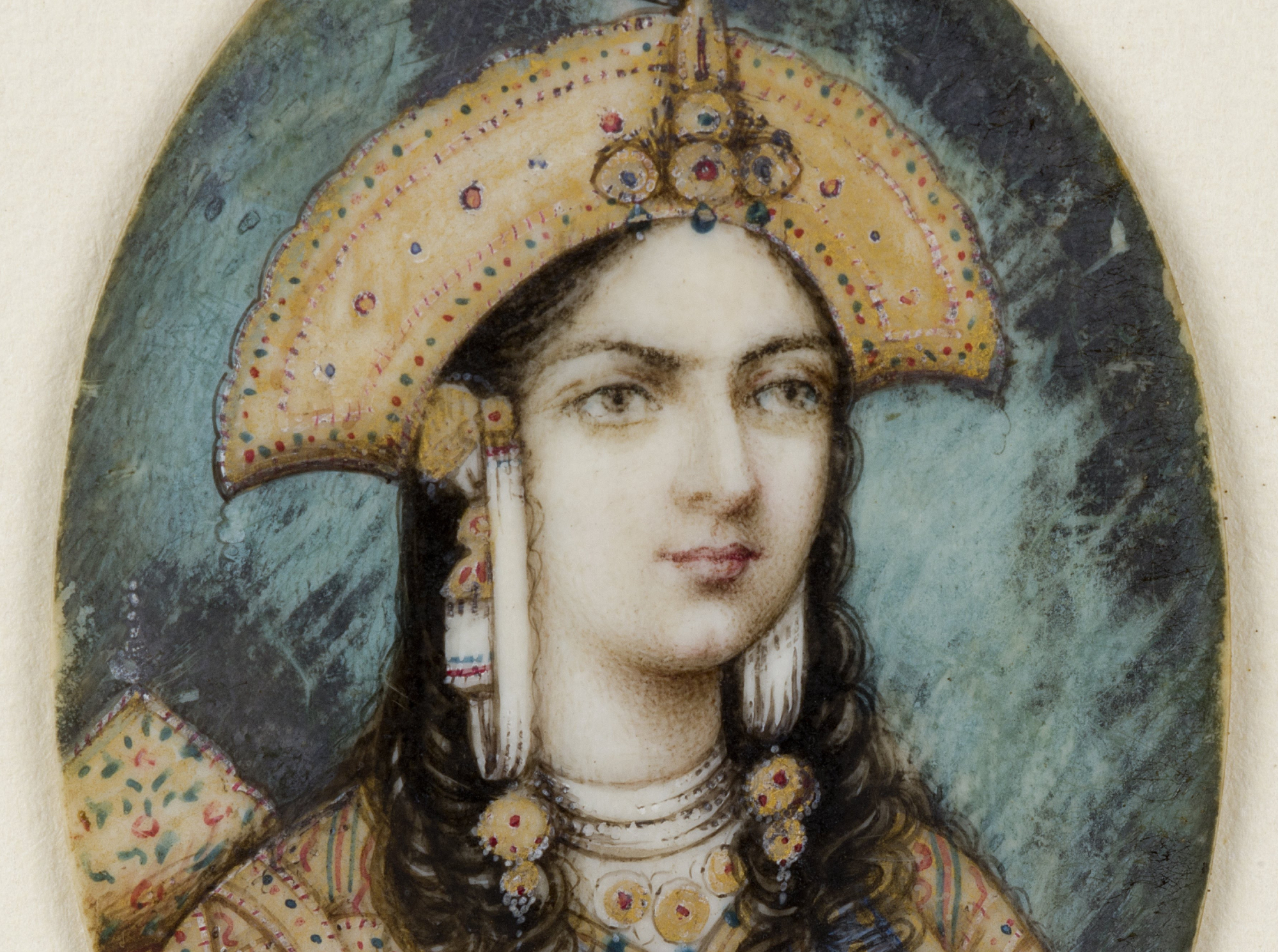 Unknown Author, Wikimedia Commons
Unknown Author, Wikimedia Commons
The Beauty of the Taj Mahal
Rumors spread that when Shah Jahan laid eyes on the completed Taj Mahal, he was so overtaken by its beauty that he blinded the architects, engineers, and artists involved so that they couldn’t build anything to compete with it. There is no foundation to these rumors.
 Vyacheslav Argenberg, CC BY 4.0, Wikimedia Commons
Vyacheslav Argenberg, CC BY 4.0, Wikimedia Commons
The Influence of Caesar
People attribute the origin stories of many things to their names—in particular, Caesar salad and the cesarean section have fallen victim to this. While Caesar salad came in 1924, many, many centuries later, many still believe that the surgical procedure was named for Julius Caesar and say that he was the first baby to be born by cesarean section.
The Real C-Section
There is absolutely no way that the ancient Romans had the surgical acumen or technology for a baby to be born by C-section. Instead, it’s more likely that the name comes from the Latin word caedere, which means “to cut”.
Christmas Is Jesus’s Birthday
When we grow up—especially if you go to church or a Christian school—you learn that Christmas centers around the birth of Christ, and it’s easy to infer that it’s therefore the day he was born. Same thing with years—he was born in year O, right? Well…
AC/BC
It’s a lot more complicated that it seems. The evidence is too incomplete to actually know the real date Jesus was born. Additionally, most scholars believe he was born around 4 to 6 BC.
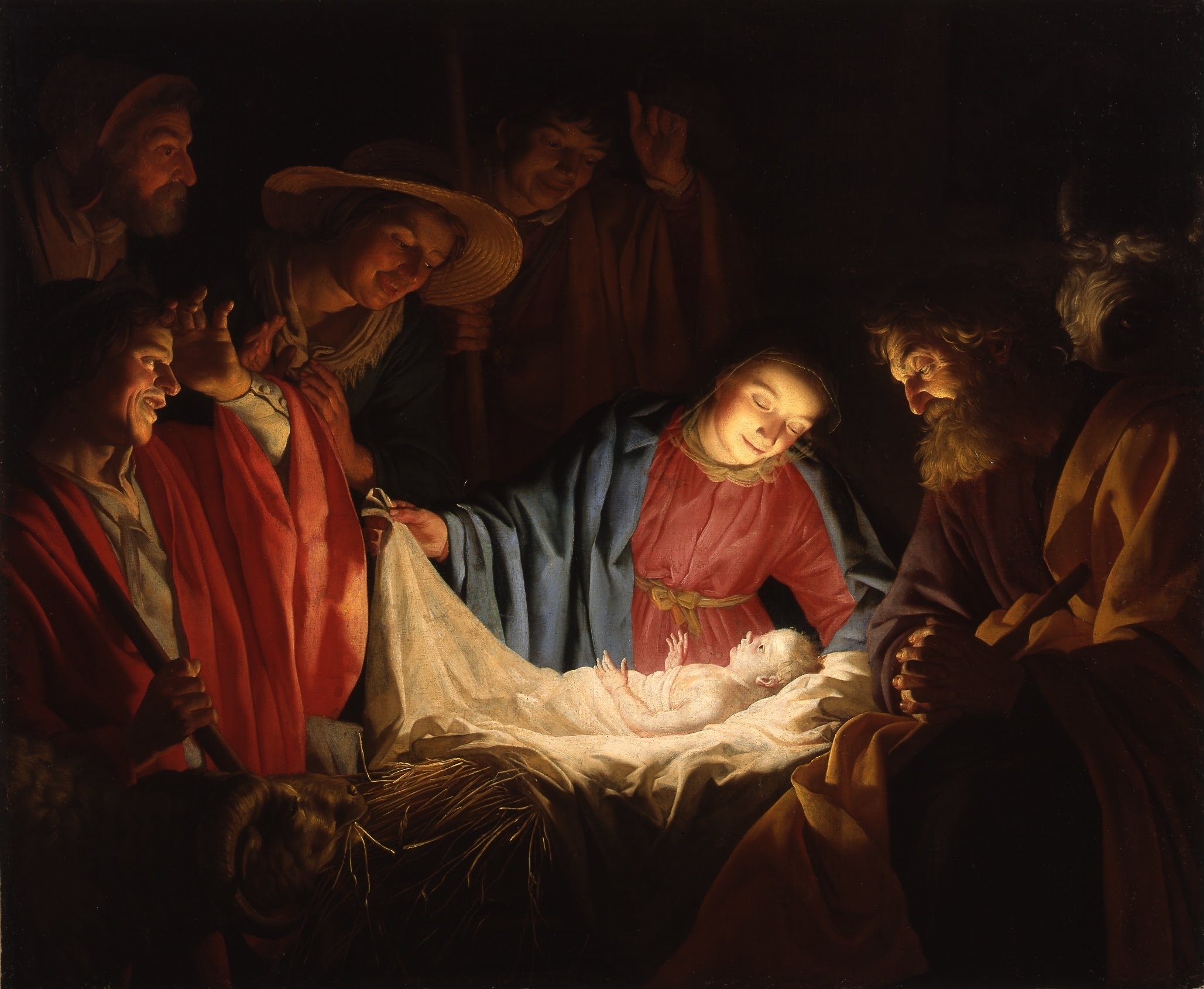 Gerard van Honthorst, Wikimedia Commons
Gerard van Honthorst, Wikimedia Commons
Marie Antoinette
Marie Antoinette is often portrayed as a spoiled if hapless queen whose lack of awareness of the plights of her subjects led to her violent demise. Part of this has to do with one infamous statement: “Let them eat cake”.
 Columbia, Marie Antoinette (2006)
Columbia, Marie Antoinette (2006)
The Truth About Let Them Eat Cake
It’s believed that when Marie Antoinette learned the French people were starving, she said “Let them eat cake,” which caused a wild uproar over her perceived lack of awareness. Some people tried to write it off by claiming she meant a form of bread. In fact, that exact phrase had been misattributed to other out-of-touch royals before, including one of her predecessors, Maria Theresa of Spain. There’s not actually evidence Marie Antoinette ever said it.

